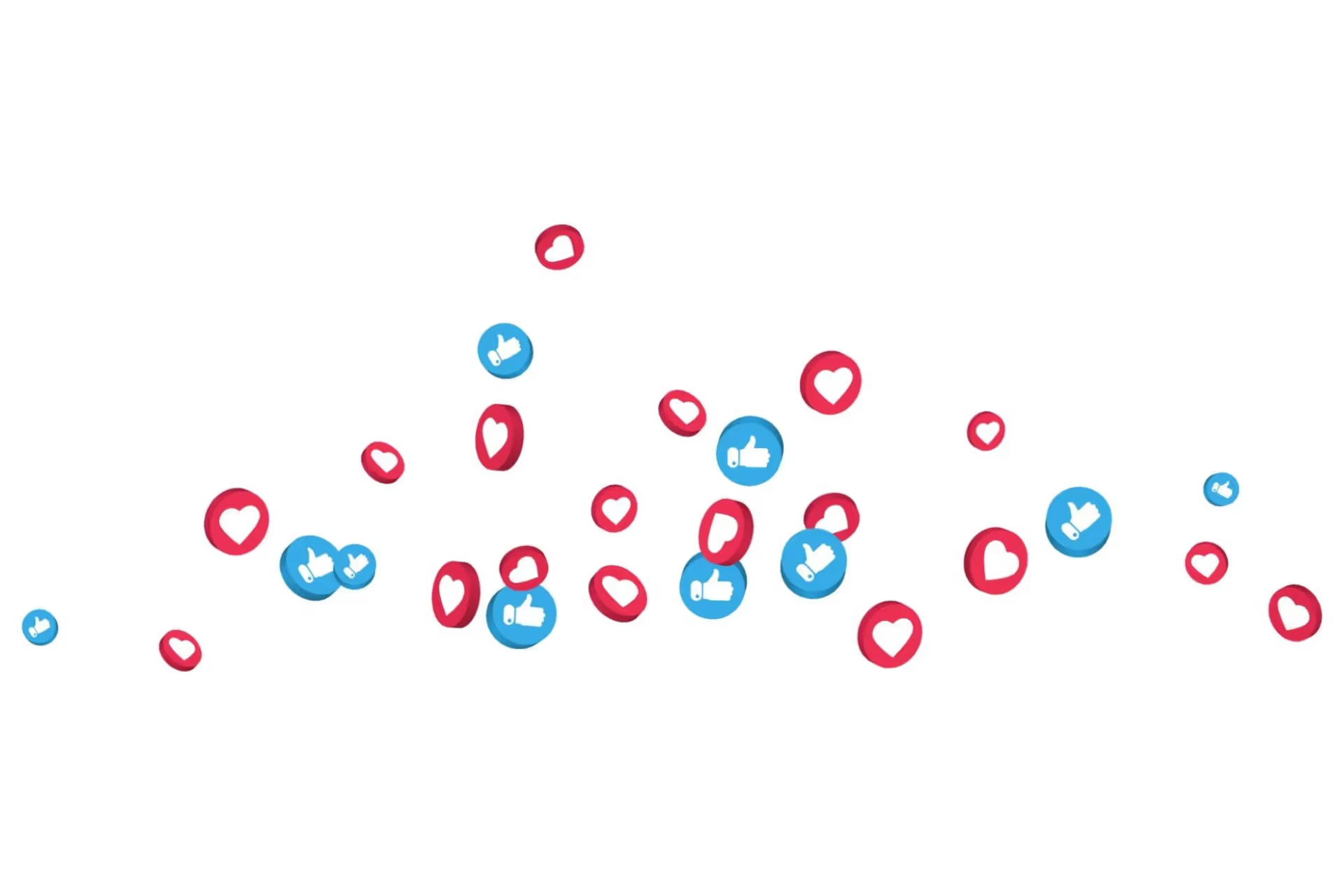Scaling content writing isn’t about posting more; it’s about adapting smartly. By tailoring blogs, social posts, and videos to each platform’s strengths, creators can repurpose ideas without sounding repetitive. With the right systems, tools, and audience feedback, scaling becomes less about grind and more about growth.
Expanding content across different platforms requires more than simply copying and pasting. Each platform has its own tone, audience, and technical quirks. When scaling efforts, the goal isn’t only to publish more, but to create work that feels tailored, relevant, and cohesive. For students, freelancers, and agencies alike, the balance lies in efficiency and quality.
Many turn to trusted paper writing services in the center of their workflow, blending them with in-house creativity to meet growing demands. This approach helps content stay fresh without losing its strategic edge. After all, the speed of publishing is only valuable if matched with substance. Once the foundation is in place, writers can experiment with style and format.
Progress often comes from small experiments, whether it’s testing a new headline formula, reframing research, or adjusting storytelling methods. Scaling content is an opportunity to test ideas in real time, measure results, and fine-tune methods that resonate with diverse audiences. The more willing you are to test and adjust, the easier it becomes to stretch one idea into multiple formats that feel unique rather than recycled.
Exploring problem solution topics for scalable content
One of the most reliable ways to build scalable content is by focusing on formats that translate well across platforms. Problem-solution structures are perfect candidates.
A blog post can frame the issue with depth, a social caption can highlight the solution, and a video can dramatize the before-and-after effect. By reworking the same foundation, creators multiply their reach without multiplying their workload.
Take the example of a brand writing about time management struggles:
- The blog post explores methods like Pomodoro and calendar blocking.
- The Instagram carousel condenses those ideas into three quick steps.
- A YouTube video turns it into a day-in-the-life demonstration.
All three formats solve the same problem, but each one meets the platform’s audience where they are.
To make the differences clearer, here’s a direct comparison of the three formats:
This side-by-side view shows why the same idea needs different treatment. Blogs provide the depth and long-term search value, social media offers speed and visibility, and video adds the emotional pull of visuals and voice. Thinking this way makes scaling less about duplication and more about giving each platform the version of the content that works best there.

Image Source: Shutterstock
Qualitative research will refine content across platforms
Scaling well also means listening to the feedback closely. Numbers such as likes, shares, and views show reach, while qualitative research reveals how content actually resonates. Gathering reviews, comments, surveys, or community discussions shows how content feels to your audience.
For example, if a post sparks unexpected questions, that’s a signal to expand it into a longer format. If a video generates debates, those threads can be turned into future articles. Scaling happens naturally when content evolves from audience interaction.
This doesn’t require a massive research budget. Sometimes, the most useful insights come from a handful of students commenting that an article felt “too complicated” or “just what I needed." That kind of language gives clues about tone, structure, and level of detail. When creators fold those insights back into their workflow, every new piece lands closer to what the audience actually wants.
Finding fresh problems to write about when scaling content
One of the biggest challenges in scaling is keeping the flow of new ideas steady, even when technology and time are on your side. Building a system for sourcing problems to write about ensures a continuous stream of relevant material.
Some methods include:
- Tracking trending questions in forums and student communities.
- Collecting recurring issues from client requests.
- Reviewing gaps in your existing content library.
- Following academic calendars or seasonal events to anticipate needs.
For instance, in August and September, students often search for dorm organization tips or scholarship deadlines. In November, midterms spark interest in study hacks and productivity tools. January brings a wave of New Year's resolution content tied to planning and academic goal-setting. Aligning content production with these cycles keeps the pipeline steady while ensuring relevance.
Curiosity helps here, too. Every time you see a question pop up repeatedly, ask: how else could this idea live? A tweet might share the quick fix, but a blog can provide the step-by-step guide, and a podcast could interview an expert. Every “problem” discovered is a new opportunity to repurpose across platforms.
FAQs on scaling content writing
Bringing it all together
Scaling content writing is less about brute force and more about smart systems. When curiosity and structure meet, writers can test, adapt, and grow across multiple platforms without losing their voice.
The most effective approach blends efficiency with playfulness. Use proven structures like problem-solution frameworks, listen closely to feedback through qualitative research, and build a system that constantly feeds new problems to write about. Pair that with organizational tools and a willingness to experiment, and scaling becomes a creative challenge rather than a grind.
The process is ongoing, never final. Every new platform, audience trend, or tool is another chance to test. That sense of exploration keeps content both scalable and human.
Key takeaways



